|
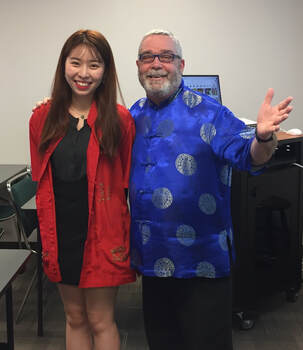 I first met Xia Renci, (Sophia), on Graduation Day at Harding University for our Chinese Host Student/Son, Crescent, in December of 2018. After all of the hugs, high fives, and photos had all been taken, we wanted to celebrate with him, and for him. We suggested that Crescent gather a few of his friends and let us take them all to dinner. We met at a country restaurant called KJ’s in a nearby border town of Searcy called Judsonia. Upon our arrival we were introduced to a couple of guys and a couple of girls. I knew Crescent’s roommates Hank, and Leo, but did not think I knew the girls. As we sat down at our table, I made my way around the group to meet them. I first met Lydia, who was very shy and introverted. As I presented my hand to shake Sophia’s hand, I said, “Ni Hao, Wo shi….” she cut me off, beamed a beautiful smile my way, looked at me with a sparkle in her eye, and said in pretty good English, “I know you. You’re Xie Yeye. You’re famous!” Admittedly, I was well known among the Chinese students on campus, but famous? Nah, well, maybe, but only famous to them because that was the only English word, they knew to use to explain why they knew me. Sophia acted like we had met before, but as hard as I tried to remember and wanted to recall meeting her, I just couldn’t place her. I did what I always do in those situations, I acted like I already knew her. After I introduced both Lydia and Sophia to Donna we sat down and commenced to carrying on a conversation like we all knew each other very well. When I met Chinese students for the first time, I asked the usual conversation starters such as; where are you from, how did you select your American nickname, why did you select Harding University and what is your major? Both Sophia’s and Lydia’s major was Art. Normally an Art major is no big deal to me, but this time, these Art majors were Chinese. That was a big deal! An Asian parent sending their child abroad to America to study and finish college, and major in ART, was NOT something that Chinese parents happily agreed to do. But here I had two Chinese Art majors sitting with me. I dug a little deeper. I wasn’t sure if I wanted to hear more about the family discussion regarding what was perceived as a no pay, no future job major, or the, “why do you want to be an Art major” backstory. Lydia indicated that she had classical Fine Art skills, but Sophia said she wanted to be a Graphic Designer! As the professor of advertising, and the Harding University advertising program advisor, the words “Graphic Design major” was always music to my ears. If there is one academic discipline that almost all Graphic Design majors need more than they know, it’s advertising. I pitched to Sophia the benefits for Graphic Design majors to take my Intro to advertising class for all the various reasons. Chief among my arguments for stating my case is that all too often Graphic design majors want to design something that’s amazing, pretty and something they really like, but does not achieve the purpose for which they were commissioned to design whether it be a brochure, poster, or whatever. Graphic Design is by nature a communicating tool to usually sell a service, product or idea. Unfortunately, most graphic designers, even the really good ones, usually miss this important element of the reason they are getting hired thus making many of them starving artists until they figure that out. I can’t tell you how many I’ve seen printed collateral or other forms of graphic design that simply DO NOT sell anything – but, it looks GREAT! Another reason that I told her that graphic design majors should take an adverting class is that graphic design most often is create dafter the copy is written, and not the other way around. A lot of the graphic design majors simply abhorred the thought of having to write copy to go along with their design. So, I continued, if you can accept the challenge of learning a modicum of what you need to know about adverting, beyond graphic design, it will make you a better and more valuable professional. Sophia nodded her head and seemed to agree with me. Lydia flat out said, “NO, I’m not taking advertising if I have to do any writing at all!” A few months later Donna and I ran into Sophia at the Chinese New Years celebration. She ran up to me and continued our conversation. Again, I recognized her but didn’t remember her name. As soon as she began to speak it came back to me. I once again asked if she had given anymore thought about my advertising class? She replied, “I’m thinking about it.” When the fall semester of 2019 rolled around, there she was, sitting on the front row with that same beaming, beautiful smile and sparkle in her eye. I was so surprised and delighted to see her. I pointed to her, casting a smile her way and said, “I know you. You’re Sophia. You’re famous!” Sophia seemed to hang on my every word. Sometimes I could tell by her expression that she didn’t understand. I would ask her in Chinese, “Ni zhidao?” Which means, “Do you understand?” Sometimes she answered yes, sometimes she answered no. Sometimes I explained in English. Sometimes I tried to explain in Chinese. Either way we were both on our phones using our translation apps to decipher what each other had said. Make no mistake, Sophia’s English was far better than my Chinese! But we always figured it out. We had had so much fun and laughed when we finished the process! She was such a delight. I was amazed at how well she kept up with the class content and assignments. I soon realized that Sophia was a very good student. She ended up having the second highest grade in the class, and there was only a-quarter-of-a-point difference between her final score, and the highest grade in the class! On one occasion early in the semester I saw Sophia in the student center when I was sitting by myself, and she was looking for an empty table. There were none. I invited her to sit and eat her lunch with me? I had just gone through the Panda Express line and had my usual Orange Chicken with Fried Rice. As Sophia sat down, I noticed she had the same dish, except that I had picked up three or four Fortune Cookies. Most of my Chinese students liked Panda, because it was as close to Chinese food as they were going to get on the Harding campus, but they never picked up any of the fortune cookies that were free for the taking. They didn’t eat fortune cookies because first they were NOT really Chinese, and secondly it was a “sweet” cookie which was not usually a preferred taste on the palette of the Chinese students. While they have sweet deserts, cookies and cakes in China, it still a rarity in their diet. Most of my Chinese students were pretty intent on “not getting fat like Americans” when they arrived on the Harding campus. Eating cookies was simply something they avoided. Knowing this I still offered Sophia a Panda Fortune Cookie. To my surprise she quickly said yes, she loved them. I gave her two of my four. We opened them up, read the fortunes and laughed about how accurate they described our past, or hoped they described our future. Whenever I did go to the student center for lunch, I usually had to go directly afterwards to teach the adverting class that we both attended. In the future I always grabbed a couple of extra fortune cookies and placed them in Sophia’s place where she sat or simply handed them to her as she walked in to take her seat. Sophia’s beaming smile and twinkle in her eye told me that she remembered our lunch together and was delighted for this American version of desert that was not a part a real Chinese meal. On another occasion as I was going through the student center, I saw Sophia again, but this time it was not at lunch time. She waived me down to say hi. As I approached, I noticed that she had a supply of Mooncakes and offered me one as she asked if I had ever had one before, and if so, did I like them? Mooncakes was the signature food of a major Chinese festival and holiday. The Mid-Autumn Festival is always the first day of fall according to the Lunar calendar. It usually falls somewhere between the third week of September and the first week of October. The festival is for lunar appreciation and moon watching, (so it is often called the Moon festival). The Moon Festival is one of the four most important Chinese festivals. This festival is celebrated in China and is one of the most important holidays in Chinese culture; its popularity is on par with that of the Chinese Spring Festival or Chinese New Year. On this day, the Chinese believe that the Moon is at its brightest and fullest size, coinciding with harvest time in the middle of Autumn. The Moon Festival, was the next day. The Harding Chinese students and community celebrated this every year on our campus and I was always invited to attend, speak or take an active participation of the fun. Yes, I’ve had Moon Cakes. Did I like them? Well, let’s just say they are an acquired taste. But not wanting to spoil the gesture I said, “Ta Hao chi” (it’s delicious), as I took the Moon Cake sample she was offering. I had been to the Mid-Autumn Festival on the Harding campus for the past eleven years. Each year the Chinese students explained a little more to me about their family traditions of the Moon Festival. I knew that Mooncakes are offered between friends or on family gatherings while celebrating the festival. Sophia and I discussed our shared experiences of Mooncakes. The actual date for the 2019 Moon Festival was the next day, Friday, September 27, on a day that Sophia and I were to be in class together. I thought it would be cool for us should share this delicacy with our advertising class. I also knew that it was a way for Sophia to be integrated into a group of Americans that she had little interaction with on a daily basis. I had the idea that sharing a bit of her culture together with our advertising class could be fun. “Where did you get these Sophia, I inquired?” I knew they were NOT at Kroger or Walmart! Sophia told me that the Chinese student office had a good supply of Mooncakes they had ordered to offer to the Chinese students or sell to the non-members of the Chinese student body. I went by their office and gathered what I thought would be enough for the class to at least sample acquired the additional Mooncakes needed. The next day of class I wore my blue traditional Chinese shirt and brought a red traditional Chinese for Sophia too wear as we delivered a joint presentation of Mooncakes. The class looked on in wonderment, intrigues but also puzzled. They had never heard of Mooncakes. We showed photos on the screen, brought out the samples, cut them into bite sized sample pieces and Sophia handed them out to her classmates. Sophia flashed that beautiful smile that I first saw when I met her. She seemed comfortable and happy to be sharing her culture wither new American friends. However, I knew that some in the class wouldn’t even try them once we told them what Mooncakes were made from…So, I brought another delicacy of an American variety that I knew everybody would like. It is what I called the “American Version of Mooncakes” in what I was pretty sure every American in the class would like… MOON PIES! Now, Xia Renci, Sophia was the famous one! A SIDE NOTE about Mooncakes
A mooncake 月饼 – (Pinyin): yuèbing is a Chinese bakery product. Typical lotus bean-filled mooncakes eaten during the festival when mooncakes are regarded as an indispensable delicacy. They are round pastries, measuring about 10 cm (4 in) in diameter and 3–4 cm (1 1⁄4–1 1⁄2 in) thick, and are commonly eaten in the Southern and Northern Chinese regions. A rich thick filling usually made from Red Bean or Lotus Seed Paste is surrounded by a thin (2–3 mm) crust and may contain yolks from salted duck eggs. Mmmm… so good! Mooncakes are usually eaten in small wedges accompanied by tea. In some areas of China, there is a tradition of making mooncakes during the night of the Mid-Autumn Festival. The senior person in that household would cut the mooncakes into pieces and distribute them to each family member, signifying family reunion. Today, it is customary for businessmen and families to present them to their clients or relatives as presents, helping to fuel a demand for high-end mooncakes. Making and sharing mooncakes is one of the hallmark traditions of this festival. In Chinese culture, a round shape symbolizes completeness and reunion. Thus, the sharing and eating of round mooncakes among family members during the week of the festival signifies the completeness and unity of families. In modern times, however, making mooncakes at home has given way to the more popular custom of giving mooncakes to family members, although the meaning of maintaining familial unity remains.
0 Comments
Leave a Reply. |
AuthorSteve Shaner is a professional story teller that delights in traveling to meet new and old friends. He can be contacted at [email protected]. Archives
April 2023
Categories |


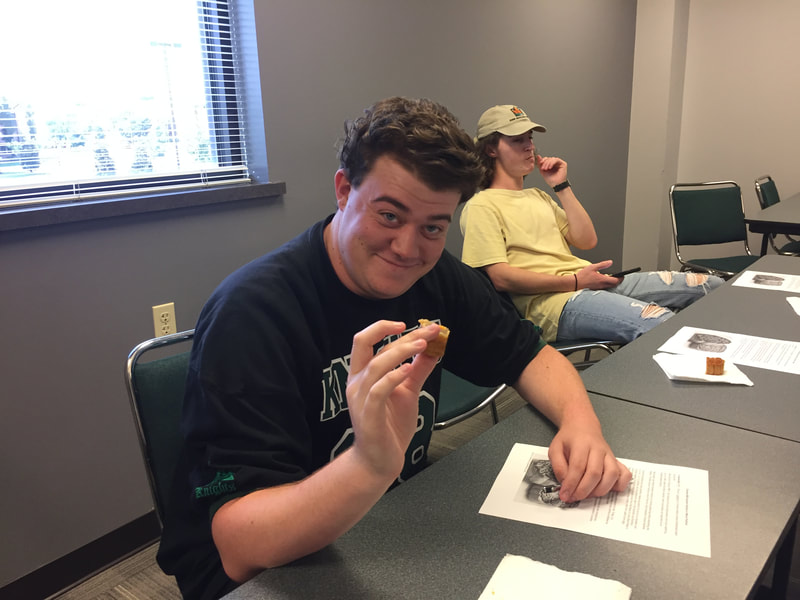
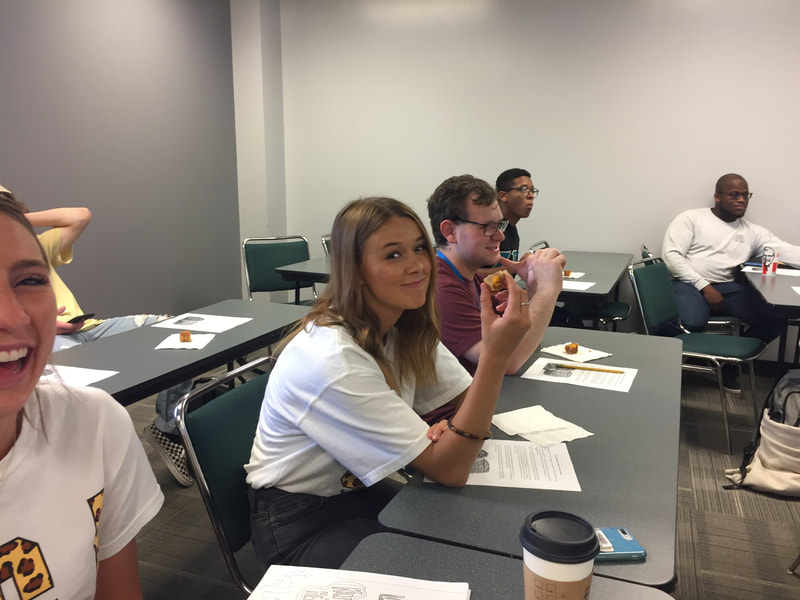
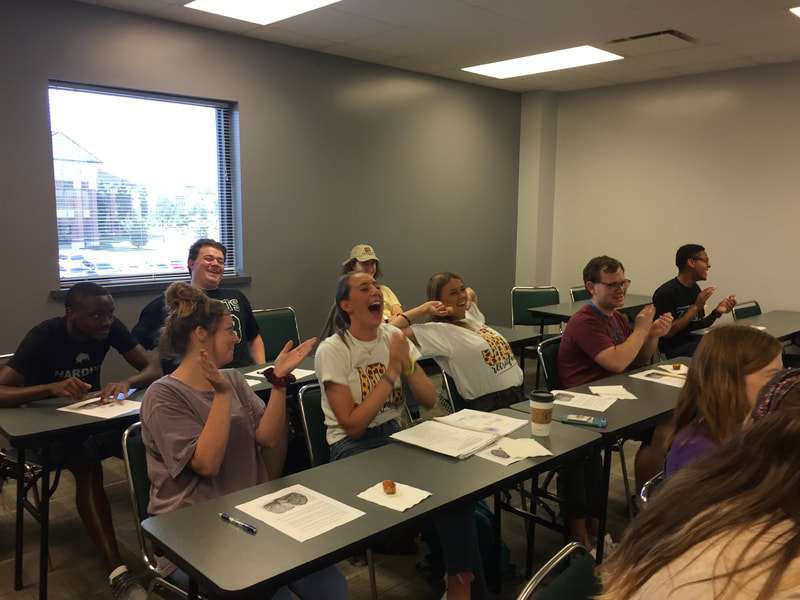
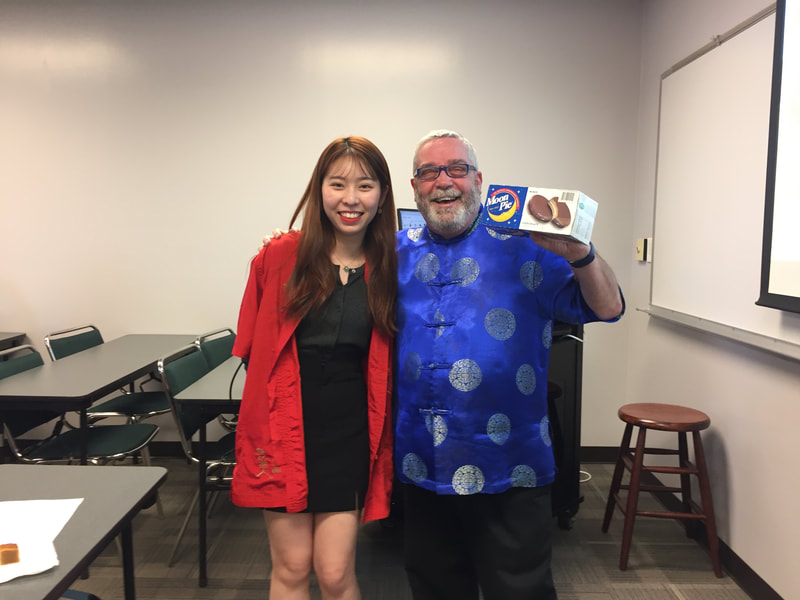
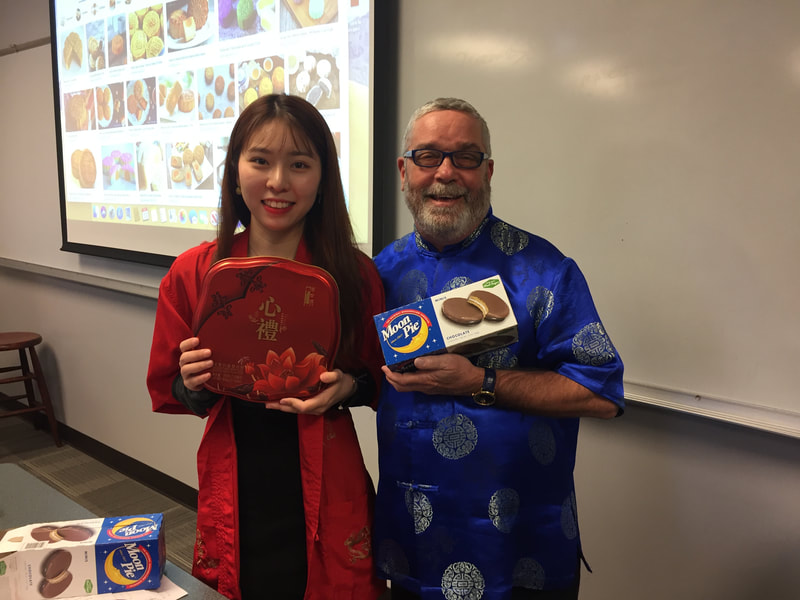
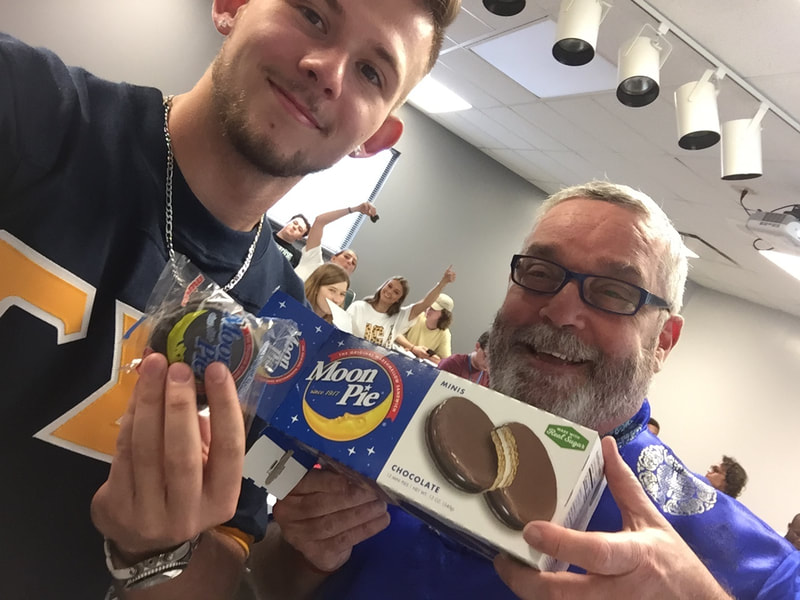
 RSS Feed
RSS Feed